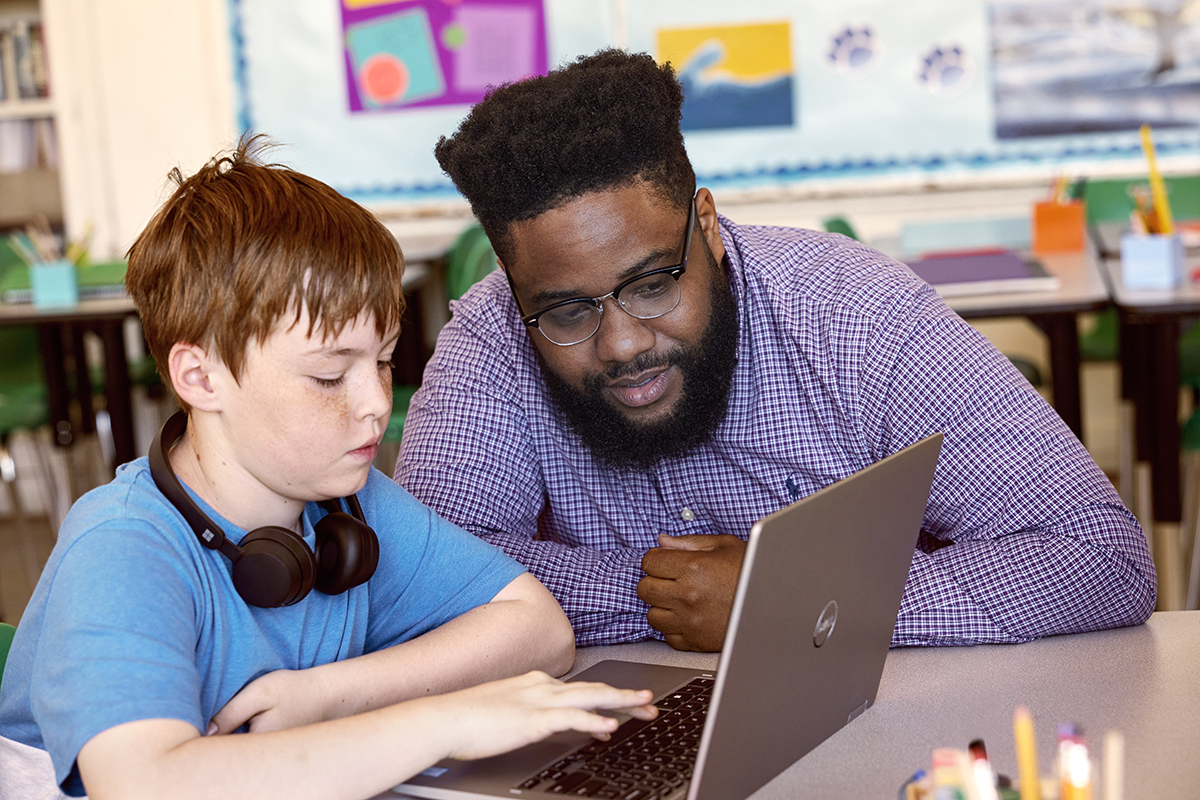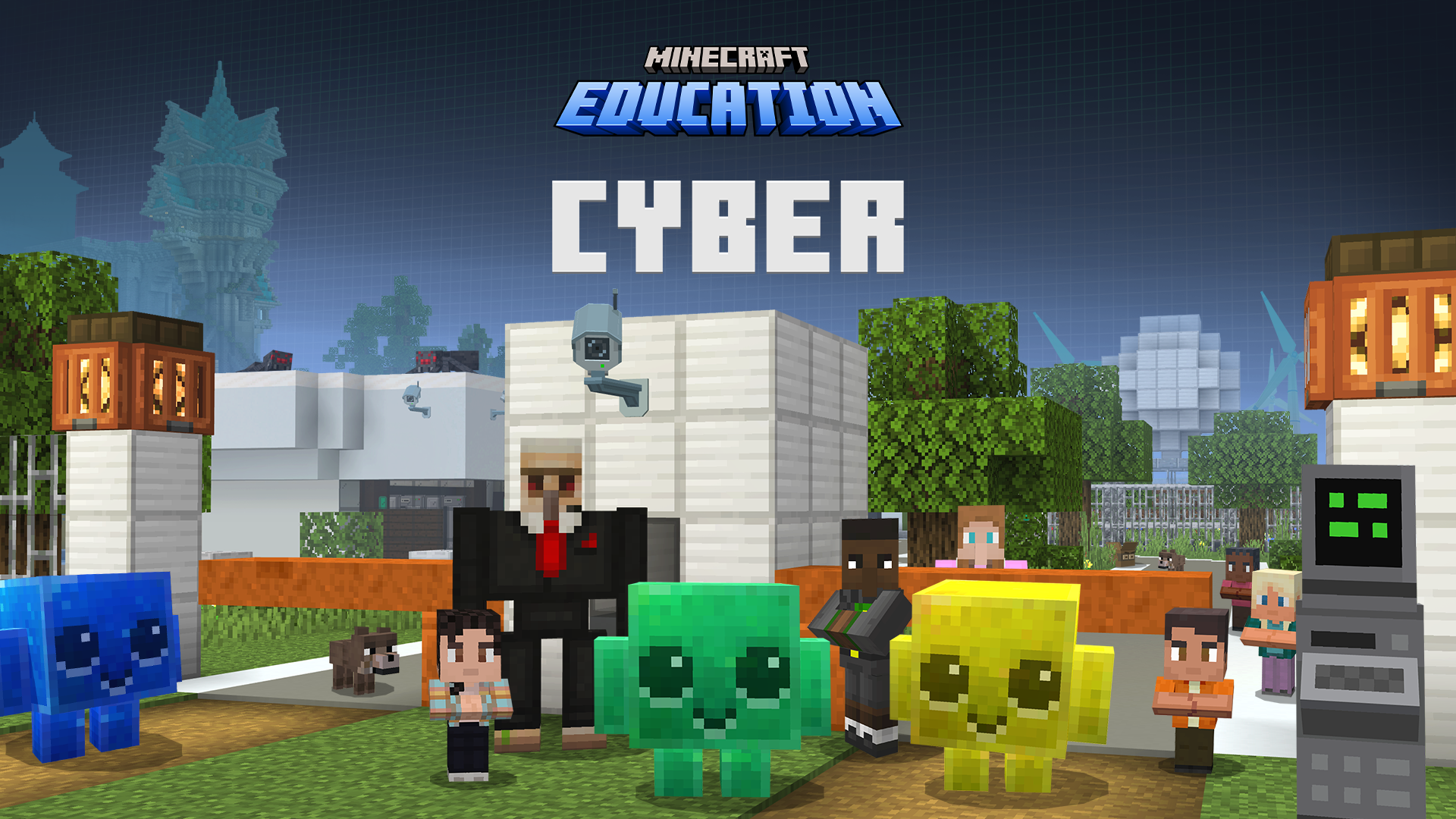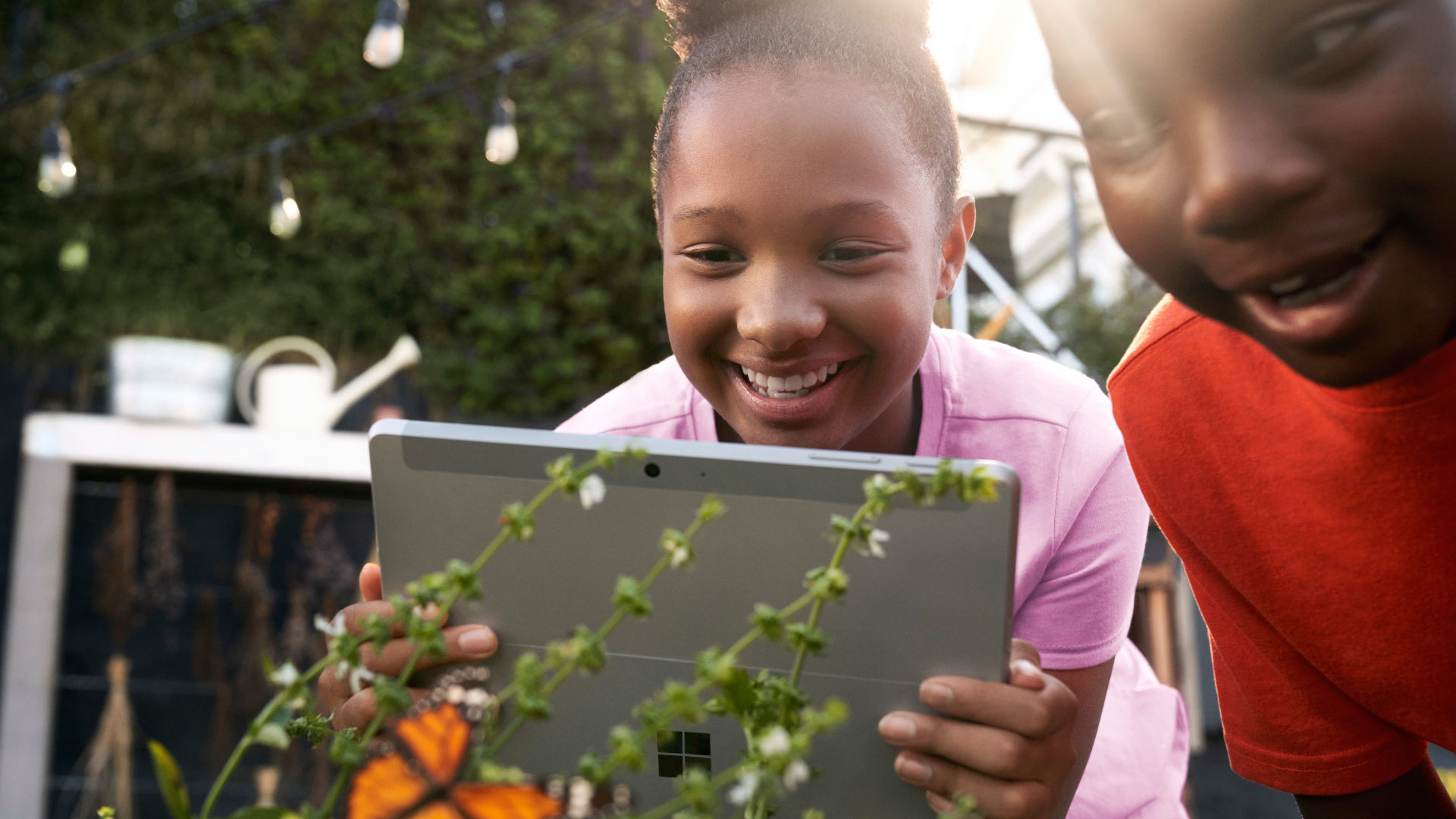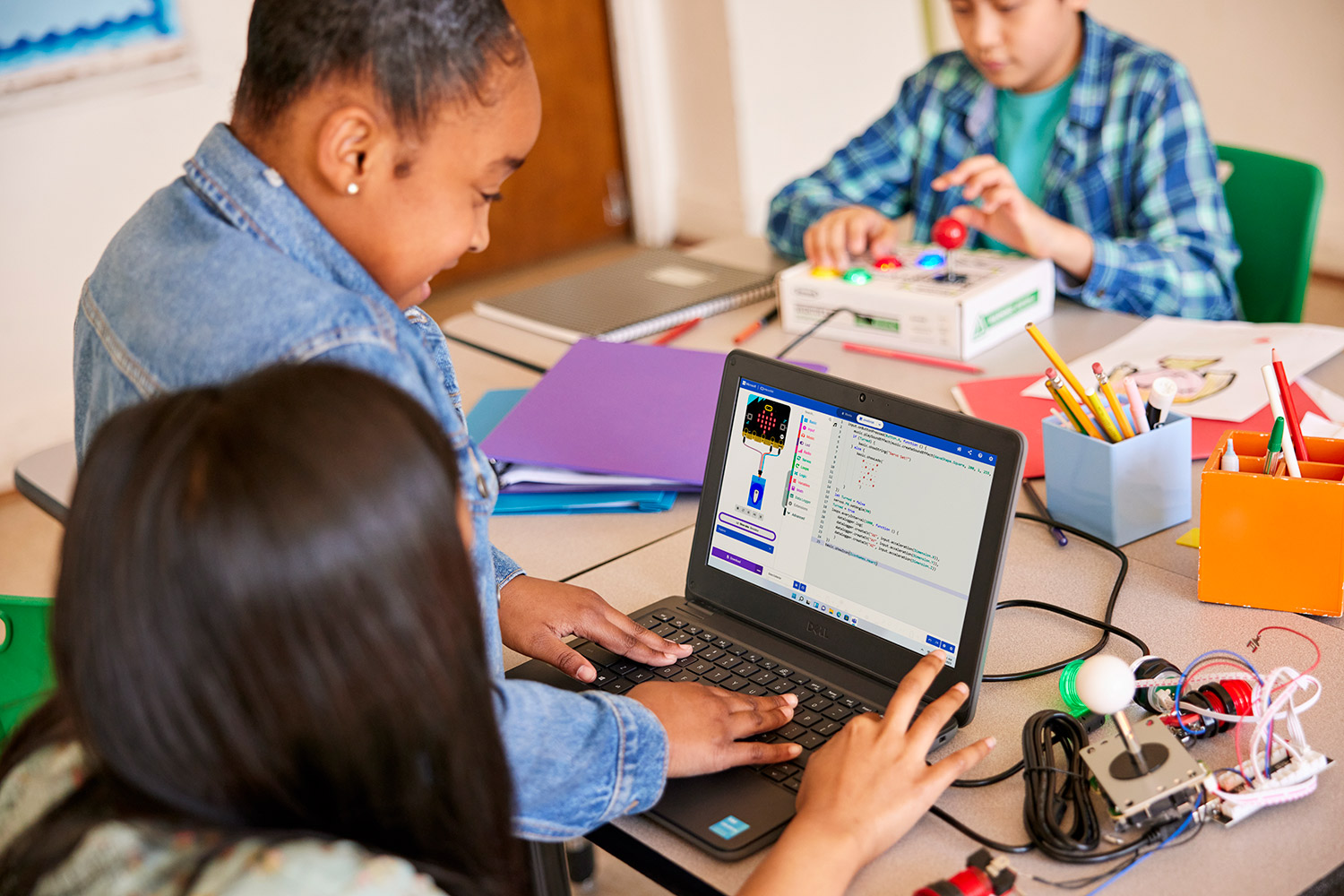The concept of “school safety” has evolved significantly in the last several decades to include cybersecurity, ranging from policy compliance, privacy, and data protection to common cybersecurity threats like phishing attacks. Recent years have shown the importance of understanding how to behave safely online and that everyone has a role to play in cybersecurity.
Staying cyber safe ultimately means adopting good cyber hygiene habits. Just like personal hygiene routines, cyber hygiene routines consist of simple, preventative steps that help protect individuals from potential larger issues in the future. Eventually, keeping your accounts and devices secure will become as second nature as washing hands before a meal or brushing teeth before bedtime.
Stay safe and secure by combining good cyber hygiene habits with cybersecurity solutions, tips, resources, and training from Microsoft Education—including new standards-aligned cybersecurity lesson collections from Minecraft Education.
Avoiding phishing attacks
Phishing is the act of deceiving individuals into revealing personal or private information through websites, messaging apps, or various online platforms, all with malicious intent. These deceptive tactics often target sensitive data like credit card details and login credentials.
School districts such as Fulton County Schools have discovered that using Microsoft 365 Education A5 subscription security tools can greatly enhance their capacity to safeguard users. These tools effectively combat the threat by leveraging built-in security features, successfully preventing 89% of attempted phishing attacks.
Even with the right security tools in place, it’s important to be critical when clicking links or downloading files from suspicious sources. As public figures who often have their email addresses published on the school websites, educators are frequently the target of phishing attempts.
Look for these signs of phishing:
- Spoofing a trusted account. Look out for urgent requests from accounts claiming to be a school leader and reach out to the sender if something looks phishy.
- Misspellings or errors in the message text.
- Wrong or suspicious contact info from the sender. Check both the username and domain name in the sender’s address.
- Communication that prompts you to provide private information. Whether someone claims to be from the finance, technology, or Human Resources department, it’s never a good idea to send your private information electronically. Always be suspicious of messages that ask you for sensitive information (like login credentials). If something seems suspicious, speak with colleagues directly.
- Avoid questionable links. Always hover over a link (including emails) before you click on it to see where it will go.
Keep students safe with cybersecurity awareness
There has been a growing awareness of the importance of students gaining an understanding of safe online behavior and recognizing that cybersecurity is a shared responsibility. In response to this, Microsoft has launched the Cybersecurity Awareness website, offering easily digestible learning materials catering to organizations, consumers, and students.
You can use these resources to lead a discussion about online safety and building strong cybersecurity practices. This central hub provides a wealth of resources, including infographics, certifications, reports, events, training sessions, scholarships, and other avenues to remain engaged with educational opportunities related to cybersecurity.

Educators can help students understand why cyber hygiene is important by leading discussions about online safety and building strong cybersecurity practices.
Begin your cybersecurity discussion with students using the Microsoft Education K-12 Cybersecurity Infographic and Conversation Guide:
- The K-12 Cybersecurity Infographic provides simple examples of phishing links and scam ads and how to identify them.
- The K-12 Cybersecurity Conversation Guide helps educators and caregivers discuss key topics with students on how to improve their cyber hygiene.
Take the next steps in improving your cybersecurity preparedness by exploring these modules and learning paths on Microsoft Learn:
- Describe basic cybersecurity threats, attacks, and mitigations
- Describe the basic concepts of cybersecurity
- Skill up with the latest in AI, Microsoft 365, Windows, and security in education
Empower students with new cybersecurity lessons from Minecraft Education
Learn how to integrate cybersecurity into your classroom with new lesson collections from Minecraft Education, aligned to Cyber.org and Computer Science Teachers Association (CSTA) standards. Empower learners with the skills and knowledge they’ll need to protect their digital footprint and make safe choices in an increasingly online world.
In this cybersecurity curriculum, introduce data privacy and build digital citizenship skills, explore malware and ethics, and go deeper into topics like encryption and social engineering. With immersive content for students ages 7 to 18, educator guides, and professional learning, the Minecraft Education Cyber Collection makes it easy to integrate cyber into any classroom. Together, we can empower all students with the tools and knowledge they need to be proactive cyber heroes.
- Explore new lessons: The Minecraft Education Cyber Collection is available for all users in the in-game library and online at https://aka.ms/cyber. Learn how to incorporate cybersecurity into your classroom and empower all your students to be cyber safe!
- Professional learning: Register to join tomorrow’s Teaching Cybersecurity with Minecraft Education webinar or for one of our virtual training cohort and classroom workshop options this month to explore cybersecurity alongside peer educators. Learn to teach cyber content and receive the new Cyber badge on Microsoft Learn.
Learners need the right skills to be safe, smart, and confident online as their digital footprint grows in our increasingly online world. And educators need the right resources to empower their students to be cyber safe. Minecraft Education’s cybersecurity curriculum helps learners of all ages become cyber heroes—protecting their data, using the Internet safely, and modeling digital citizenship.
We’re committed to helping you create a safe and secure online learning environment that maximizes time for teaching and learning. By combining good cyber hygiene habits with cybersecurity tips, resources, and training from Microsoft Education you can help protect yourself and your community from cyber threats. Stay safe and secure online!




